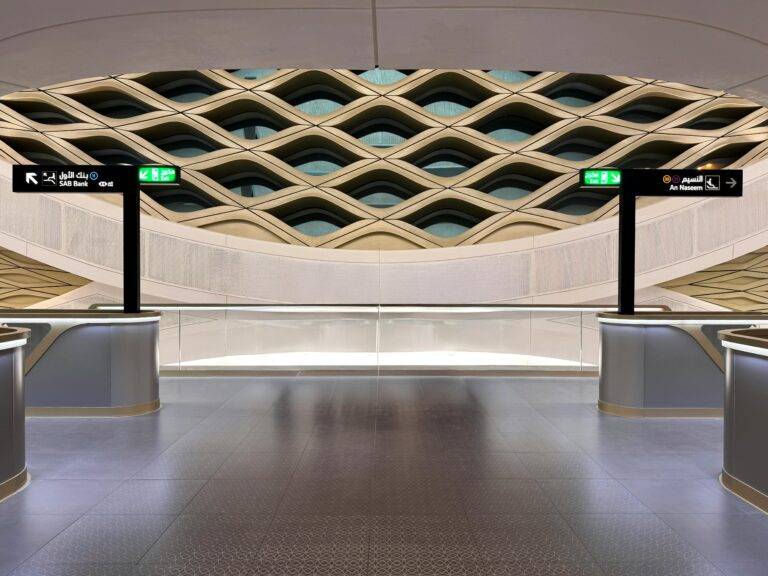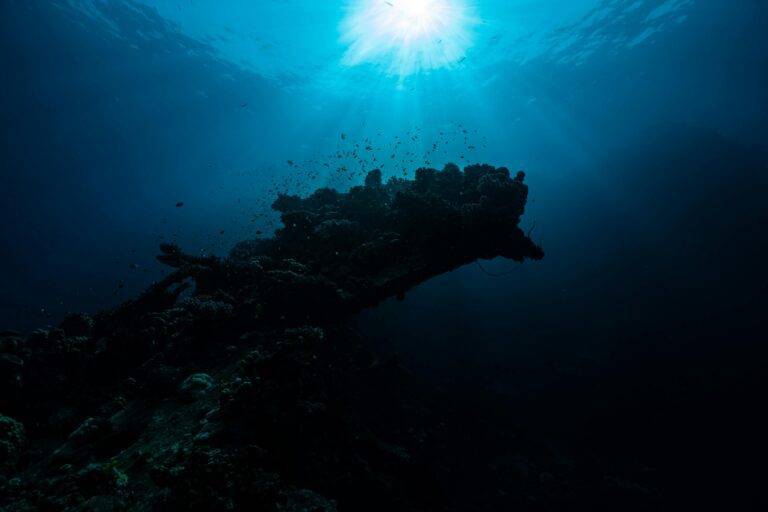3 Weeks in Saudi Arabia: Complete 2026 Travel Guide
Planning 3 weeks in Saudi Arabia gives you the rare chance to explore the Kingdom beyond the typical highlights. With a country this geographically diverse—towering mountains, ancient archaeological sites, coral reefs, deserts, and modern mega-cities—three weeks allows you to slow down, connect with locals, and truly understand Saudi culture. This updated 2025 guide helps you craft the perfect itinerary covering history, nature, food, and adventure.



